I decided to revive the etude project, which I first began in the summer of 2014. At that time, it was my goal to play through as many etudes as possible in the hopes that it would provide me a wider variety of options when assigning exercises to my students. I obviously had a good handle on the etudes I was assigned during my formal studies, and I had a handful of standards I always gravitated to with my younger students but I knew that there were a lot that I was missing. That initial project resulted in me playing through over 1000 etudes and developing a list of collections that would work well for my students of various skill levels. Over the past year and a half, I have incorporated some of these new-to-me studies into my lessons, and they have worked well.
The goal for this second round is to continue identifying studies that would work well for my students. They currently range from absolute beginners to talented seniors in college. Therefore, I’m not focusing just on advanced works; I’m really looking at everything, since I have to keep in mind my younger students.
As always, I’m happy to receive suggestions of titles I may have missed!
19 November 2015 – First Book of Practical Studies for Flute – Guenther – these feature preliminary exercises: scales, scale exercises, thirds, chords, chromatic scales, in the keys of F, B-flat, E-flat, C, G, and D. The etudes that follow each preliminary exercise are primarily melodic, slow or andante, and feature a lot of slurs.
Vester – 125 Easy Classical Studies for Flute – Vester – Played through 1 – 72.
23 November 2015 – Finished up Vester. This is a compilation of etudes by various composers. It includes Kohler, Nicholson, Popp, Soussman, Tromlitz, Devienne, Drouet, Furstenay, Gariboldi, Hugot, and Wunderlich. They are progressive and represent a good variety of keys. Very traditional style, of course, but works well.
30 November 2015 – Selected Studies (in three volumes) – Bantai-Kovacs – I played through number 41 of volume 1.
1 December 2015 – Bantai-Kovacs 42 – 58 of volume 1.
2 December 2015 – Bantai-Kovacs – finished volume 1.
4 December 2015 – Bantai-Kovacs – 1 – 15 of volume 2.
7 December 2015 – Bantai-Kovacs – through 43 of volume 2.
8 December 2015 – Bantai-Kovacs – finished volume 2.
60 Rambles for Flute – Lester – Played through page 19 of these. So far, I have found them to be rather strange.
9 December 2015 – Finished the Rambles.
15 December 2015 – Supplementary Studies for Flute – Endressen – These work well for younger players. They remind me of the Rubank layout. They are clearly presented. Content-wise, they feature simple and compound meters, “easy” key signatures, and appealing melodies. They are sectional with key signature changes. There are a variety of scale patterns, including chromatic movement.
20 December 2015 – Original Melodious and Progressive Studies for the Beginning Flutist – Cavally – These work for students who are true beginners. The first few exercises are made up of whole notes. There are a lot of instructions included on each exercise at the beginning of the book. They are definitely progressive but move rather quickly, considering they begin with whole note exercises. Grace notes and trills are introduced early and the range has extended to high G by exercise #15. The key signatures stay within three sharps or flats. Eventually the range is extended to high B-flat and low C-sharp. This book is the prelude to the more advanced Melodious and Progressive Studies.


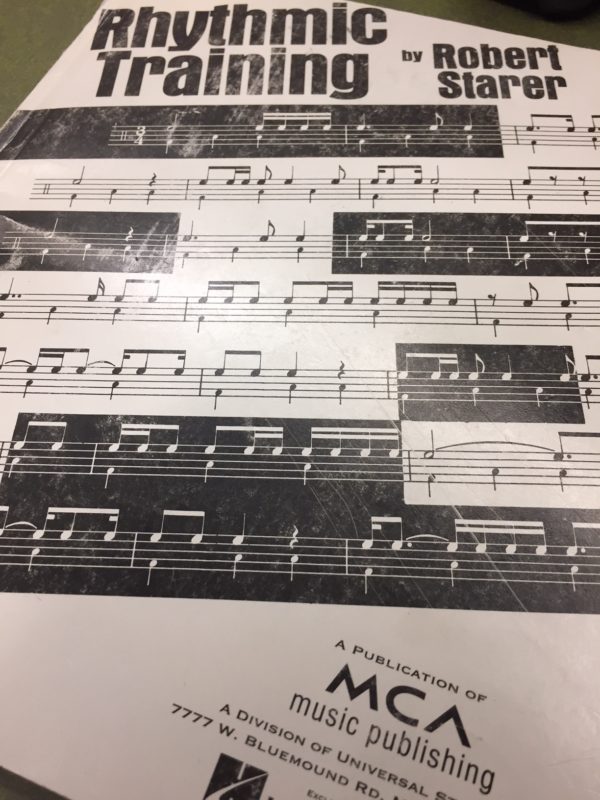

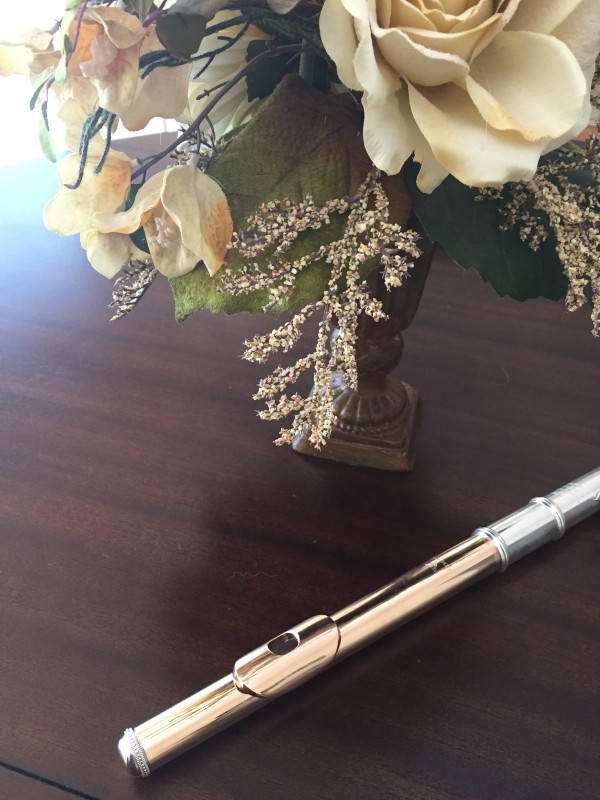
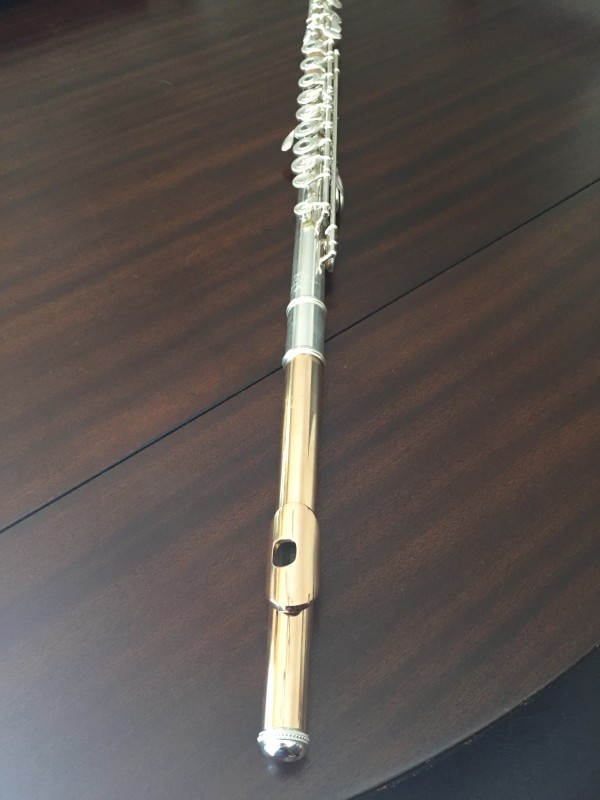
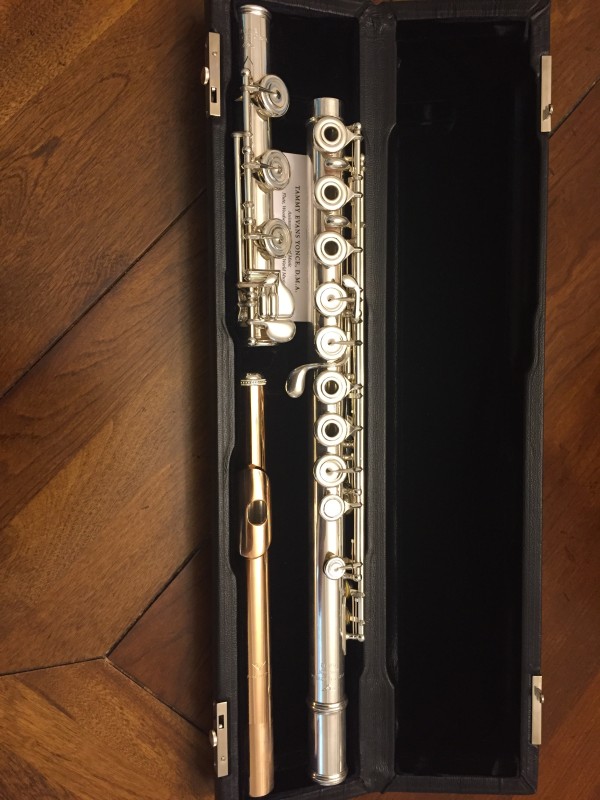
![IMG_1463[1]](https://www.tammyevansflute.com/wp-content/uploads/2015/03/IMG_14631-600x448.jpg)
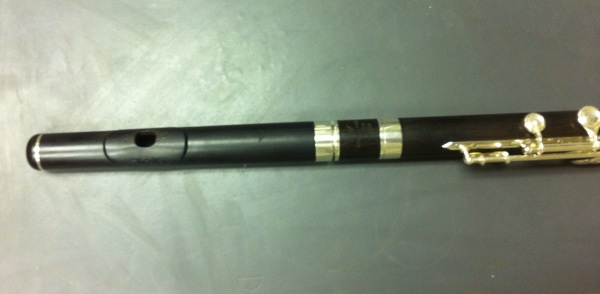
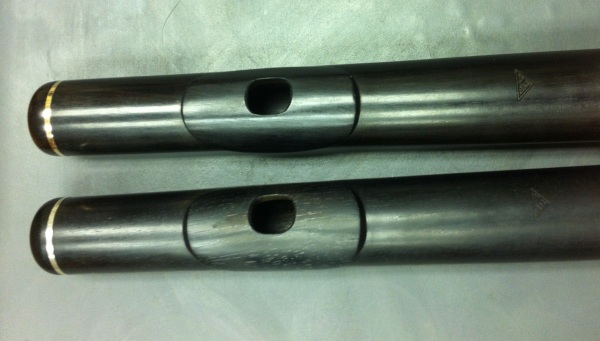
![IMG_1305[1]](https://www.tammyevansflute.com/wp-content/uploads/2014/12/IMG_13051-600x448.jpg)
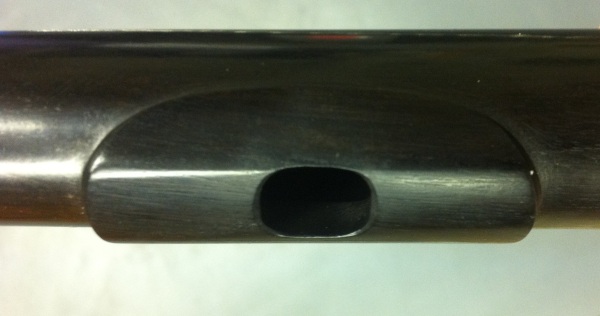
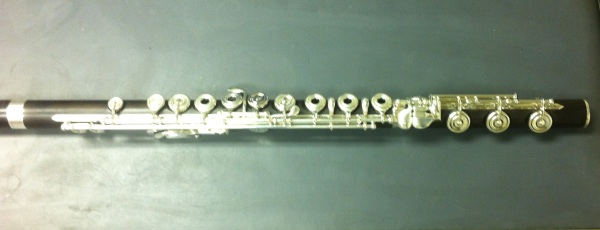
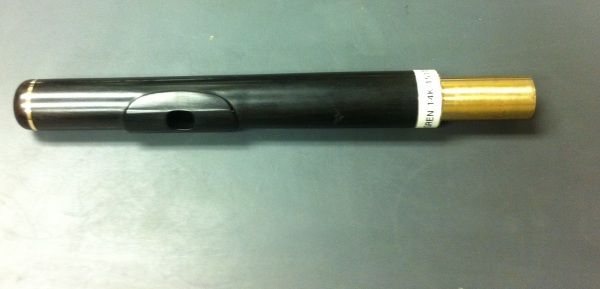
![IMG_1302[1]](https://www.tammyevansflute.com/wp-content/uploads/2014/12/IMG_13021-600x448.jpg)